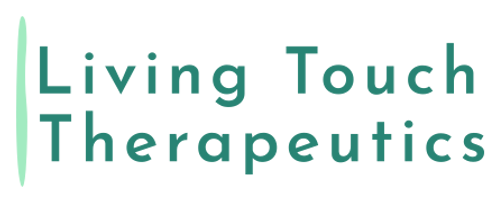The Healing Power of Massage: What It Is and What It Isn’t
- Benjamin Mishleau
- Jun 25
- 2 min read

Have you ever instinctively rubbed your shoulder after a long day or massaged your temples when a headache creeps in? That urge to touch, press, or knead sore spots is deeply human—it’s one of the most natural responses to pain or discomfort. Long before massage was studied or professionalized, it was simply something people did to soothe themselves and each other. In fact, massage has roots in nearly every culture in the world, from ancient China and Egypt to India’s Ayurvedic traditions and Greece’s early medical texts.
Massage, in its many forms, is the art and science of using touch to promote healing, ease tension, and bring the body back into balance.
The Benefits of Massage
Today, massage is much more than just a feel-good luxury—it’s recognized for its powerful therapeutic benefits. Regular massage can help reduce muscle tension, improve circulation, support lymphatic flow, lower blood pressure, and ease stress. For those with chronic pain, tension headaches, poor posture, or stress-related issues, massage can be an important part of a broader wellness plan.
Many people also experience improved sleep, better digestion, and a general sense of calm after a session. That’s because massage doesn’t just work on the muscles—it communicates directly with the nervous system, often helping the body shift out of fight-or-flight mode and into rest-and-digest.
Understanding the Limitations
As beneficial as massage is, it’s not a magic fix—and it’s most effective when used alongside other practices. If you're dealing with chronic pain, massage can help alleviate symptoms, but building strength and stability through exercise is often just as crucial.
Sometimes the tightness we feel in a muscle isn’t the root issue—it’s a signal. That tension might be compensating for weakness elsewhere, or responding to something deeper like postural imbalances, inner ear disturbances, or even vision-related dysfunctions. In those cases, lasting relief may require collaboration with other professionals like physical therapists, trainers, or neurologically informed practitioners. Massage plays an important role, but it's part of a larger picture.
Returning to Rest
One of the most profound gifts massage offers is its ability to guide the body back into the parasympathetic state—the part of the nervous system responsible for rest, repair, and recovery. In our modern world, many of us live in a near-constant state of stress. Deadlines, screens, traffic, noise—it all pushes our systems into high gear. Over time, this wears us down, leaving us depleted, reactive, and stuck in survival mode.
Massage creates a pause. It tells the body, You're safe. You can let go now. In that space, our breath deepens. Muscles soften. Healing begins.
In a world that rarely slows down, taking time to rest is not indulgence—it’s essential. Whether you're coming in for pain relief, stress support, or simply to reconnect with your body, massage is a powerful way to help bring you back to center.





Comments